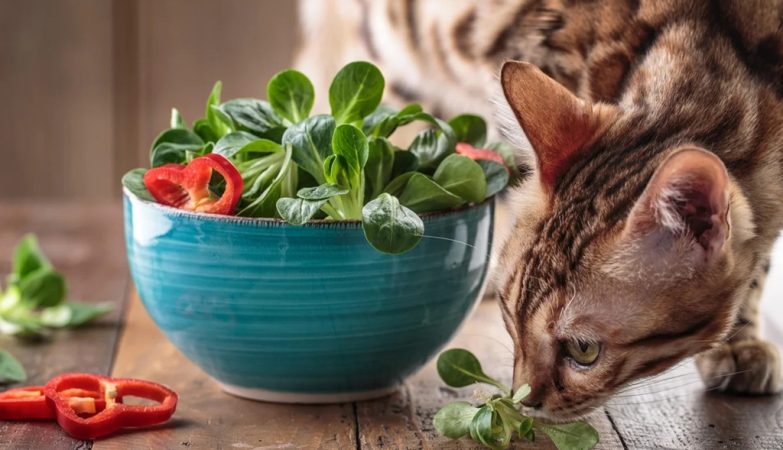Shaker-style kitchen cabinets are a popular choice for both traditional and contemporary kitchens in the UK due to their timeless design and simplicity. They make an elegant addition to any home and are becoming increasingly popular.
Where did the style originate?
The Shaker style came from the United Society of Believers in Christ’s Second Appearing. Commonly known as Shakers, a religious sect that emerged in the 18th century in America, they were known for their craftsmanship and emphasis on simplicity and functionality.
What is the Shaker design like?
The Shaker design embodies simplicity, utility, and honesty. You will see clean lines and a minimalist aesthetic in the delightful Shaker-style cabinets.
The craftsmanship is second to none
Traditional Shaker cabinets are made from high-quality solid wood, such as oak, maple, or cherry. Built to last, Shaker cabinets often feature sturdy construction techniques and durable finishes, so you will have a kitchen that will last for decades.
Traditional or modern?
For a classic look, choose simple hardware such as round knobs or cup pulls in finishes such as brushed nickel, chrome, or antique brass. Sleek bar pulls or minimalistic handles can give Shaker cabinets a more contemporary feel.
A kitchen refurb can certainly transform a tired space and inject new life into your home, with companies such as www.thekitchenrefurbishmentcompany.co.uk helping you to achieve a stylish and stunning new look.
According to MSN, Shaker kitchens will never go out of style with their clean, defined features.
What colours work best with a Shaker kitchen?
Choose stunning natural wood finishes or warm, muted colours. Pair these with traditional elements, such as farmhouse sinks, wooden worktops, and rustic accents. For contemporary kitchens, opt for painted finishes in white, grey, or black. Choose sleek, modern hardware, quartz or granite worktops, and stainless-steel appliances.
How do you care for kitchen cabinets?
Wipe down your cabinets regularly with a damp cloth and mild soap to prevent dirt and grease buildup. Always use gentle, non-abrasive cleaners to avoid damaging the finish. Check for any signs of wear or damage and address them promptly to maintain your cabinets’ longevity.







